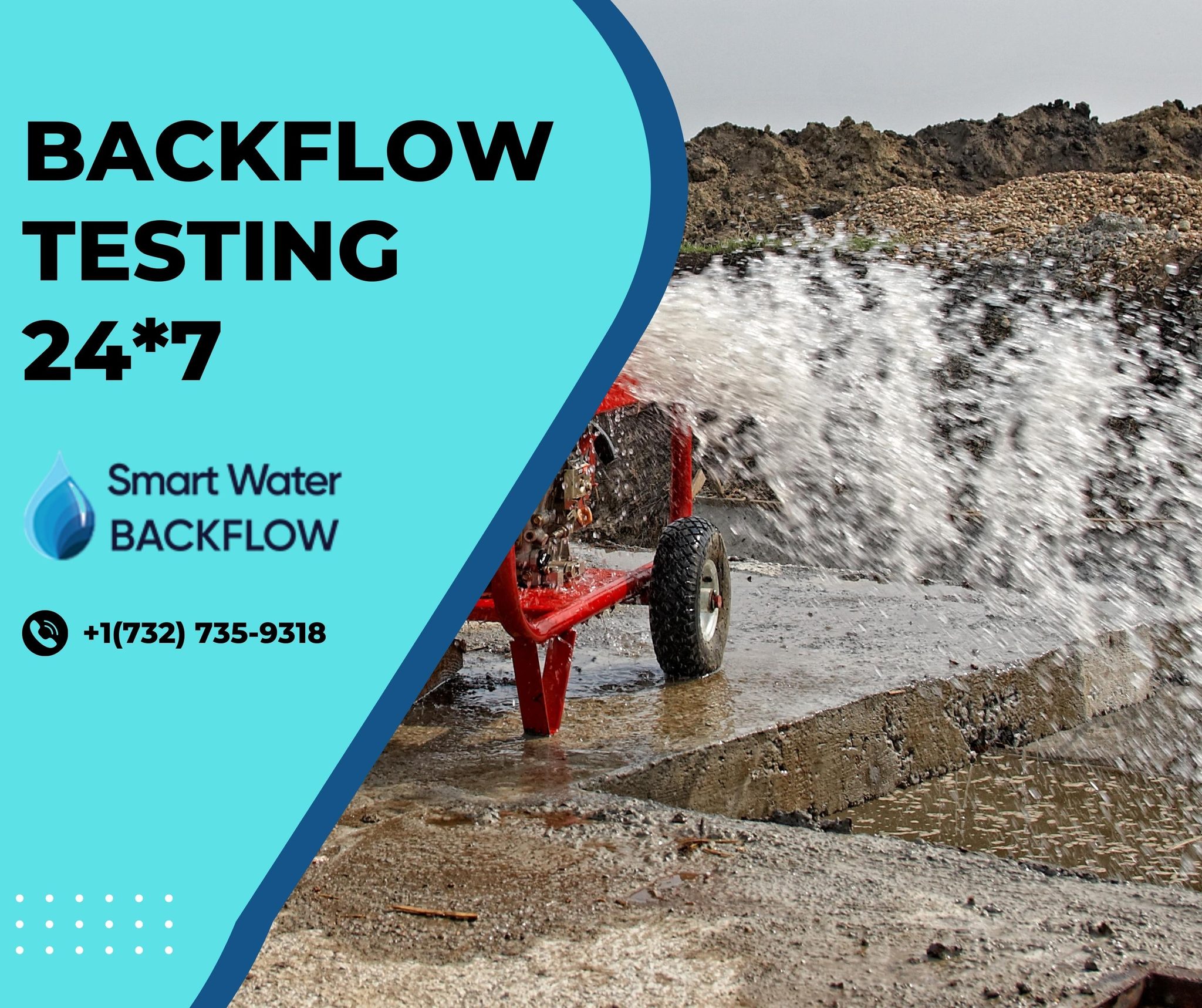What are the Benefits of Backflow Preventer Testing for Water Safety in New Jersey?

Lately you have been observing that your drinking water is tasting weird, it’s probably because it might have got contaminated. Before you ruin your health by drinking that dirty water, look for a plumber in kendall park nj and get it fixed. Your plumber might tell you that it is due to a backflow issue and so you need to install a backflow prevention device. Now, you may have heard about it but not so clearly as what it does and how. Today we will be discussing it in brief.
When water flows against the direction intended to flow, or backflow, contaminated water enters the pure water supply. It can happen when there is a difference in pressure between the supply and receiving ends of a water system. Other causes of backflow include cross-connections, which occur when a non-potable water source, such as a sprinkler system, is connected to the potable water supply, and backpressure, which occurs when the receiving end of a water system has a higher pressure than the supply end.
A technique for preventing pollution of the pure water supply is backflow prevention. Its purpose is to stop water from flowing the wrong way and combining it with dangerous water. These devices are installed in the water supply system to prevent the flow of polluted water into the clean water supply. They help to detect when backflow is occurring and to stop it from happening by closing a valve or other mechanism. So, By preventing backflow, these devices help to ensure that the water supply remains safe and free from contamination, protecting the health and well-being of the community.
When you call a “backflow preventer testing near me”, they evaluate the performance of backflow prevention devices to ensure that they are functioning correctly and effectively preventing backflow. This testing is done annually by a certified backflow preventer tester. The testing aims to confirm that the backflow prevention device is in good working condition, can prevent backflow, and is functioning as designed.
The testing process typically involves several steps, including assessing the backflow preventer, Hydrostatic Testing, Air-Inversion Testing, and a Flow Test. During these tests, the backflow preventer is evaluated under various conditions to determine its ability to prevent backflow. If the backflow preventer fails any of these tests, it must be repaired or replaced before it can be certified.
A backflow preventer is an object that stops water from flowing in the wrong direction. It is used to prevent the backflow of polluted water into the clean water supply when it is under more significant pressure than the receiving end. Regular backflow prevention testing is essential to maintain the water supply’s safety and prevent contamination.
Backflow preventer testing is required to ensure that these devices are working correctly and effectively preventing backflow. The process typically involves several steps. First, the tester will assess the backflow preventer to ensure it is in good working condition and that all necessary parts are present and functioning. The tester will also check for any physical damage or signs of wear and tear that might affect the device’s performance.
Next, the tester will conduct a series of tests to evaluate the backflow preventer’s ability to prevent backflow. The first test is a Hydrostatic Test, which involves testing the backflow preventer under increased water pressure to see if it will hold backflow. The tester will increase the water pressure to a predetermined level and observe the backflow preventer for any signs of leakage or failure.
The second test is the Air-Inversion Test, which involves testing the backflow preventer’s ability to prevent the backflow of air. The tester will create a vacuum on the supply side of the backflow preventer and observe the device to see if it holds the vacuum and prevents the backflow of air.
Finally, the tester will perform a Flow Test, which involves testing the backflow preventer’s ability to pass water in the correct direction and prevent backflow. The tester will run water through the device in the right direction and observe it for any signs of backflow.
If the backflow preventer fails any tests, it must be repaired or replaced before it can be certified. Once the testing is complete, the tester will document the results and submit them to the local water authority. The tester must also provide a report to the owner of the building that includes recommendations for repairs or replacement, if necessary.
It is important to note that only certified backflow preventer testers are authorized to conduct backflow preventer testing because it is a complex process requiring specialized knowledge and skills. To become certified, backflow preventer testers must complete a comprehensive training program and pass a rigorous certification exam. The certification program covers backflow preventer design and function, testing procedures, and local regulations. Renewing it every three years through continuing education and training is also essential.
In conclusion, backflow preventer testing is an essential part of ensuring the safety of the drinking water supply. Regular backflow preventer testing is crucial for maintaining the security of the water supply and preventing contamination. The annual testing of backflow preventers helps avert water supply contamination and protects the community’s health. Only certified backflow preventer testers should conduct backflow preventer testing, and the results must be documented and submitted to the local water authority.
Leave a Reply